Radiographic techniques 1. The film is placed parallel to the long axis.

Periapical Radiography Pocket Dentistry
Assessment of relationship of roots to various vital structures.
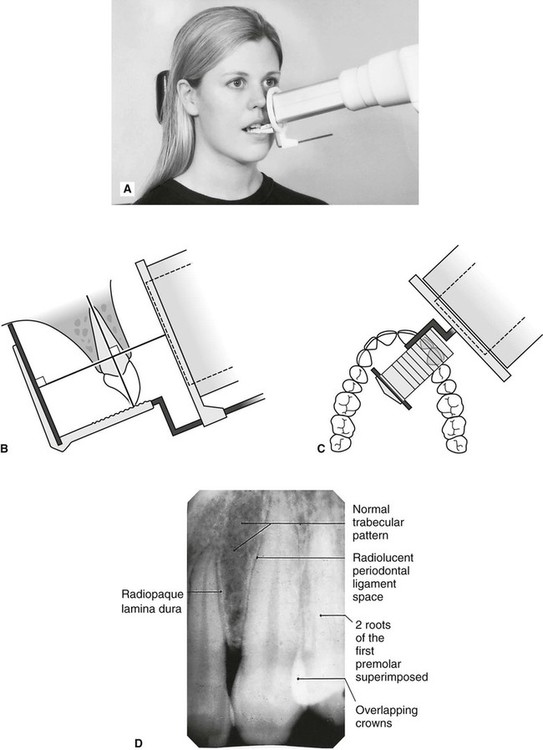
. Demonstration on how to take periapical x-ray using bisecting angle technique. Implant site assessment and. The patient was positioned upright with hisher mouth was opened as wide as possible to allow the X-ray beam to pass to the sensor unobstructed from the opposite side of the mouth.
A periapical x-ray is one that captures the whole tooth. The X-ray head is directed at right angles vertically and horizontally of both the tooth and the image receptor. Due to the anatomy of the oral cavity this technique is only possible in.
Vo TN Ngoc 1 Do H Viet 2 Le K Anh 3 Dinh Q Minh 4 Le L Nghia 5 Hoang K Loan 6 Tran M Tuan 7 Tran T Ngan 8 Nguyen T Tra 9. Our Service Includes Free Proofreading Language Editing. Periapical X-rays are used to detect any abnormalities of the root structure and surrounding bone structure.
The technique involves a constant x-ray cone position which is perpendicular to the floor for maxillary incisors and parallel to the floor for mandibular incisors. Ensure they are seated high enough so it is easy to see the occlusal. By using a filmsensor holder with fixed image receptor and.
Most frequently used radiography is for the periapical which is performed by the bisecting Thus when considering the execution of the radiographic technique and the possibility of errors that occur during the exposure of X-ray image XR receptors it is important to identify those that occur more frequently. The central ray is directed to pass at a perpendicular angle to both the tooth and the film. The paralleling technique results in good quality x-rays with a minimum of distortion and is the most reliable technique for taking periapical x-rays.
Parallel technique The image receptor is placed in a holder and placed in the mouth parallel to the longitudinal axis of the tooth under. The resulting image x-ray is somewhat larger using the short cone rather than using a. It shows everything from the crown chewing surface to the root below the gum line.
Periapical views are used to record the crowns roots and surrounding bone. Periapical film is held parallel to the long axis of the tooth using film-holding instruments. The periapical film is held between the incisor teeth as if it were an occlusal film for all anterior periapical radiographs.
The image receptor is placed in a holder and positioned in the mouth parallel to the long axis of the tooth under. RADIOGRAPHS Periapical Bitewing Occlusal 2. Ad Publishing Open Access Peer Reviewed Research related to the field of Scanning.
The paralleling technique results in good quality x-rays with a minimum of distortion and is the most reliable technique for taking periapical x-rays. The long cone paralleling technique positions the receptor ie. These x-rays are often used to detect any unusual changes in the root and surrounding bone structures.
The long cone paralleling technique positions the receptor ie. This method produces images of the teeth on the receptor with minimal distortion. Periapical X-rays.
Occlusal X-rays show full tooth development and placement 9. Assessment of root morphology. By using a filmsensor holder with fixed image receptor and.
Periapical radiography is a commonly used intraoral imaging technique in radiology and may be a component of your radiologic examination. The target-film distance is 8 inches. Each periapical X-ray shows all teeth in one portion of either the upper or lower jaw.
The patient is seated upright in the dental chair and should remove any removable dental appliances glasses or jewelry that could interfere with the X-ray beam. To take a periapical exposure the hygienist or x-ray technician places a small photosensitive imaging plate coated with phosphorus into a sterile wrapper and inserts it into the patients mouth just like a conventional X-ray film card. For this purpose a special technique of periapical radiography was developed by Gordon M.
1 Department of Pediatric Dentistry School of Odonto-stomatology Hanoi Medical University Dong Da Hanoi Vietnam 26 Department of. The film is placed parallel to the long axis of the tooth to be radiographed and the central beam of X-ray is directed at right angle to the film and the teeth. Periapical X-rays are used to detect any abnormalities of the root structure and surrounding bone structure.
The X-ray tubehead is then aimed at right angles vertically and horizontally to both the tooth and the image. By using a film sensor holder with still. 5 Intra oral Periapical radiography is a commonly used intraoral imaging technique in dental radiology and may be a component of intraoral periapical.
Film parallel to the long axis of the teeth and guides the central ray of the x-ray beam to be directed at a right angle to the teeth and the receptor. Parallel technique Bisecting technique For the parallel technique the sensor is placed behind the tooth in question and the x-ray beam is aimed at right angles to the tooth and film. Periapical Lesion Diagnosis Support System Based on X-ray Images Using Machine Learning Technique.
The X-ray is taken and the exposed plate is then loaded into a scanner or processor which reads the image. The sensor was placed on the. With this technique the film is placed parallel to the long axis of a tooth allowing the X-ray to be focused perpendicular to the long axis of the tooth.
Periapical X-rays detect any unusual changes in the root and surrounding bone structures. The extraoral periapical radiographic technique was performed for both maxillary and mandibular teeth using Newman and Friedman technique2. Assessment of root formation n completion.
BISECTING SHORT-CONE PERIAPICAL EXPOSURE TECHNIQUES GENERAL A short cone is used to take x-rays with bisecting angle exposure techniques. Each periapical x-ray shows a small section of your upper or lower teeth. Periapical radiographs provide important information about the teeth and surrounding bone.
What are periapical radiographs used for. PARALLELING LONG-CONE PERIAPICAL EXPOSURE TECHNIQUES GENERAL A long cone is used to take x-rays with paralleling exposure techniques. Submit Your Paper With Hindawi.
Extraoral radiograph Panoramic X-ray Tomograms Cephalometric projections Sialography Computed tomography 10. Fitzgerald called as paralleling or long cone technique.
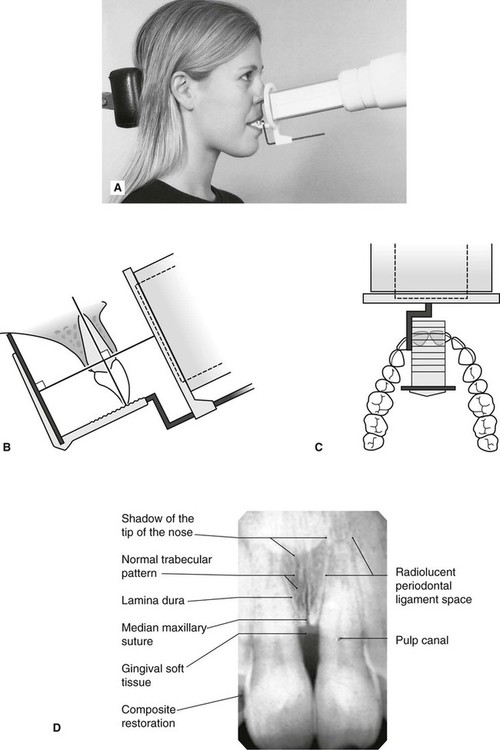
Periapical Radiography Pocket Dentistry

How To Take Periapical Radiographs Youtube
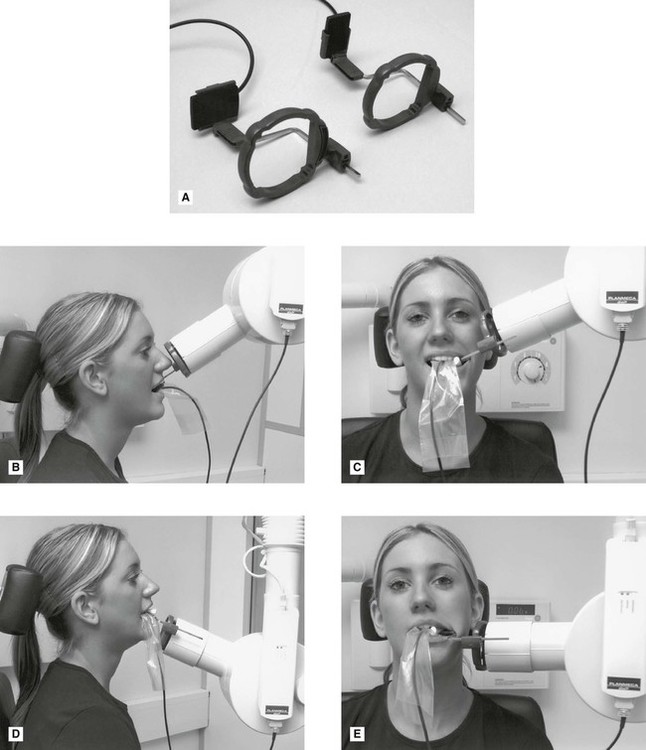
Periapical Radiography Pocket Dentistry

Periapical Radiography Pocket Dentistry
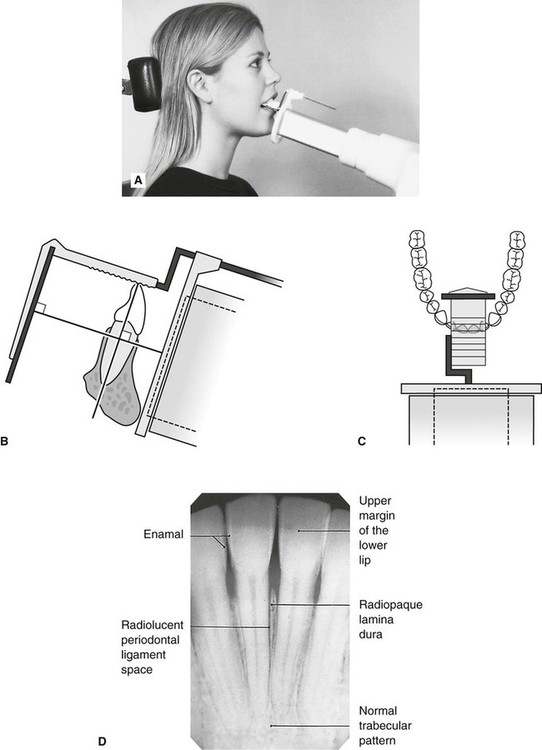
Periapical Radiography Pocket Dentistry

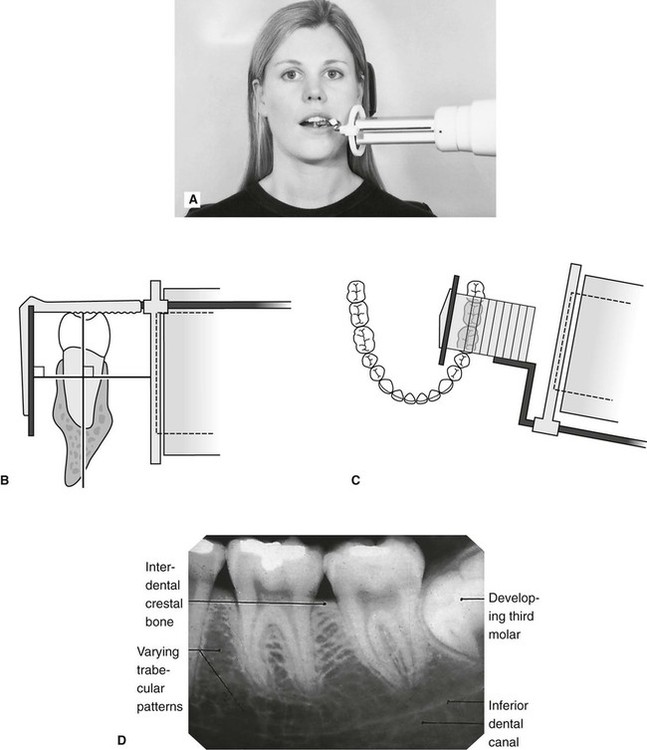
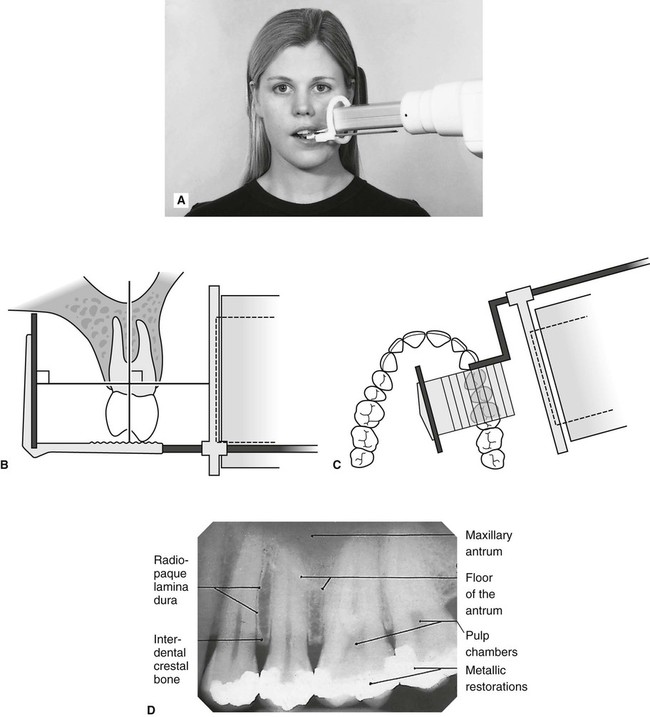
0 comments
Post a Comment